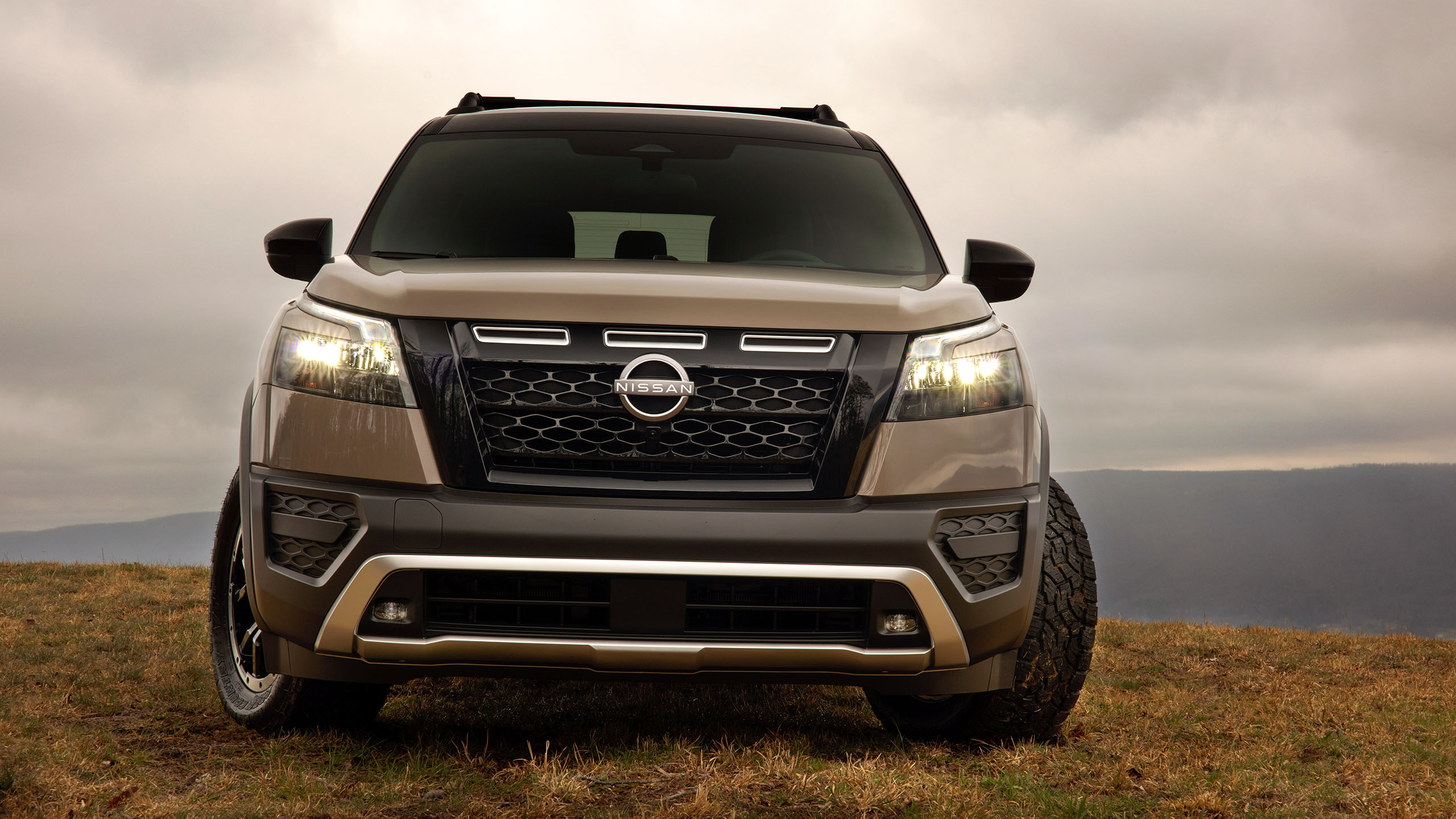Nissan’s Hybrid Mistake: How Ignoring Electric Options Cost the Brand

Nissan’s Hybrid Conundrum: A Recipe for Disaster
In recent times, we’ve been reading about Nissan’s struggles. It’s no secret that the embattled automaker has been facing a plethora of challenges. Unsurprisingly, an executive from the brand reportedly shared that they have between 12 to 14 months to turn things around. Not to mention, the company cut over 9,000 jobs and slashed its annual profit forecast by a staggering 70% last month. And, as if things couldn’t get any worse, Renault now holds a historically low 36% stake in Nissan. It’s no surprise that everyone agrees that Nissan’s complete ignorance of America’s demand for hybrids has played a significant role in its current predicament.
So, what went wrong? According to a comprehensive report by Reuters, sources close to the matter revealed that the automaker doubled down on electric cars, while customers in the States opted for conventional and plug-in hybrid vehicles instead. And, worse still, Nissan didn’t take consumer behavior seriously, refusing to adjust course. As one executive admitted, "It’s an excuse, but up until this time last year, we weren’t able to foresee the rapid rise in demand for hybrids."
The irony is that Nissan was the first to produce a mass-market electric vehicle with the Leaf. While this achievement deserves some praise, its impact on the environment ultimately relies on people buying it. Unfortunately, the Leaf hasn’t been a hot seller. The upcoming Ariya electric SUV, while closer to the type of EVs Americans would buy, is still, well, an EV, and a mediocre one at that.
In China, where Nissan was relatively strong, the public dismissed its offerings as antiquated. Take the Sylphy E-Power hybrid compact sedan, for example. The Sylphy is what Nissan calls the Sentra in some Asian markets. However, as Reuters reports, Chinese car buyers weren’t even aware it was a hybrid, as it looked almost identical to its gas-powered counterpart.
So, what’s Nissan to do? Clearly, the answer lies in getting some hybrids in the showroom. Unfortunately, it sounds like that will take time. A plug-in hybrid variant of the Rogue is reportedly on the way for the 2026 model year, but it’s expected to use a hybrid system similar to the Mitsubishi Outlander PHEV’s. While the Outlander is actually a decent car, it’s unsettling to think that Mitsubishi might beat Nissan to market again.
What makes it all the more depressing is that Nissan did sell a Rogue Hybrid in the past, but it wasn’t revived for the current generation. It’s reasonable to assume that whoever made the decision regrets it. Hopefully, Nissan will have the chance to correct its mistake before its predicted demise by February 2026.
Have tips or insights? Share them with us at tips@thedrive.com.






